lymphocytic colitis in cats
Lymphocytic plasmacytic infiltration in the colonic lamina propria was found on colon biopsies. Hematochezia observed in 13 cats was the most commonly reported sign.
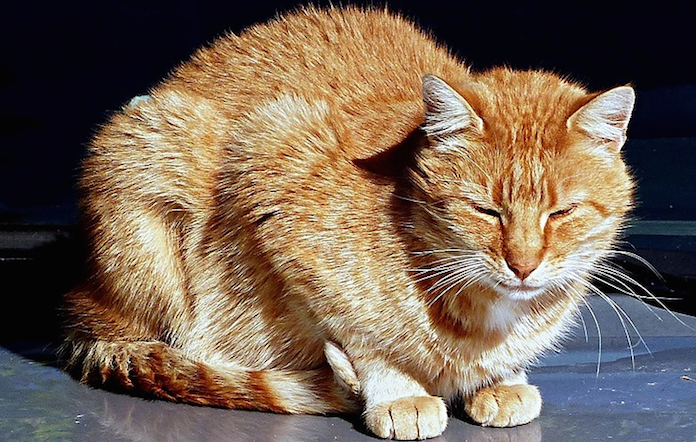
Inflammatory Bowel Disease In Cats Little Big Cat
In one study cats were initially treated with dietary fiber or with dietary fiber and pharmacologic intervention prednisone tylosin or.

. The lymphocytic colitis is a rare disorder. Lymphocytic colitis is a recently described disease which is characterised by chronic watery diarrhoea of unknown cause essentially normal endoscopic and radiological findings and pronounced lymphocytic infiltration of the colorectal mucosa1 6 The clinical and histological features of lymphocytic colitis have been well described but the natural history has only been. Mean age at onset of.
In lymphocytic colitis specifically the tissues and lining of the colon are of normal thickness but. An immune-mediated aetiology has been postulated but this has not been substantiated to date. Six cats were male and 8 were female.
Lymphocytes are the type of white blood cells. Lymphocyticplasmacytic colitis was diagnosed in 14 cats during a 5-year period. Lymphocytic plasmacytic infiltration in the colonic lamina propria was found on colon biopsies.
Six cats were male and 8 were female. Although some patients with LPE may have no clinical signs some may have life threatening manifestations. It is rarely associated with pancreatitis compared to Cholangitis Neutrophilic.
Symptoms of lymphocytic colitis include watery diarrhea belly pain and fatigue. There are several causes of colitis in cats which include infection food allergy or intolerance parasites pancreatitis cancer dietary indiscretion and stress. Environmental dietary and immune-system factors likely also play a role in disease development.
Young to middle-aged cats 50 are under 4 years old. Lymphocytic colitis is a condition that affects your large intestine. In cats in particular the pressure on the colon can sometimes lead to vomiting as well.
This is a pathologic classification representing the predominant cell type observed in the inflammatory response and provides no information regarding the underlying. Lymphocytic colitis is a form of inflammatory bowel disease IBD. The therapeutic goals of treatment for feline colitis are to relieve pain and discomfort and to restore normal bowel function.
However lymphocytic cholangitis does not progress to biliary cirrhosis. 1994 Hall et al. Cats with lymphocytic-plasmacytic colitis may respond to dietary management alone eg lamb and rice horsemeat or a commercially available diet.
Bacterial and viral infections certain medicines or certain foods may trigger lymphocytic colitis in some people. Owners sought veterinary care because of semiformed -to-liquid feces tenesmus fresh blood andor mucus in the feces or increased frequency of defecation in their cats. Owners sought veterinary care because of semiformed -to-liquid feces tenesmus fresh blood andor mucus in the feces or increased frequency of defecation in their cats.
You can experience abdominal pain as well as watery diarrhea. Lymphocytic colitis is form of microscopic colitis a condition that is characterized by inflammation of the colon large intestines. Purebred cats were affected significantly P 0001 more often than were nonpurebred cats.
It is a form of inflammatory bowel disease IBD caused by the accumulation of lymphocytes. What Is Lymphocytic Colitis. While most cats with lymphocytic plasmacytic gastroenteritis are middle-aged this disease has been diagnosed in cats as young as 5 months.
If there is an underlying medical condition which is causing colitis or colitis-type. Lymphocytic-plasmacytic colitis was diagnosed in 6 cats. It leads to episodes of watery diarrhea and belly pain.
Weight loss especially in cats dehydration especially if the diarrhea is very watery and lethargy are commonly associated with colitis as well. Symptoms to look for include. Currently metronidazole at a dose of 1525 mgkg orally once or twice daily for seven days is recommended.
Lymphocytic colitis is a cause of chronic diarrhea. The treatment of choice for years has been metronidazole. The most common symptoms of colitis are diarrhea often bloody or slimy with mucus and abdominal pain.
With the disease you can experience. The signs and symptoms can vary in intensity and frequency but generally cats exhibit signs of disease intermittently at first with the frequency. Lymphocyticplasmacytic colitis was diagnosed in 14 cats during a 5-year period.
Bacterial and viral infections certain medicines or certain foods may trigger lymphocytic colitis in some people. It leads to episodes of watery diarrhea and belly pain. Treatment for colitis in cats.
Signs vary greatly in type severity and frequency. Mean age at onset of clinical signs was 51 years range 05 to 9 years. What to Watch For.
Both canine and feline colitis is classified into lymphocytic-plasmacytic eosinophilic histiocytic and granulomatous forms Bright et al. Lymphocytic plasmacytic enteritis is seen in both dogs and cats and is seen in all ages. Lymphocytic colitis is a condition that affects your large intestine.
Women tend to develop the. 6 rows Lymphocytic-plasmacytic colitis is the most common form of colitis in both the dog and cat. It is a subtype of microscopic colitis characterized by chronic watery non-bloody diarrhea and normal endoscopic and radiologic findings.
Frequent watery stools which may contain blood or mucus loss of appetite vomiting dehydration lethargy abdominal pain. Purebred cats were affected significantly P 0001 more often than were nonpurebred cats. It is a rare disorder characterized by chronic episodes of watery diarrhea and abdominal pain.
It is found within the lining of your colon. Intermittent chronic vomiting Chronic small bowel diarrhea Loss of appetite anorexia Long-term weight loss cachexia Black stool Blood in the stool red Coughing upvomiting up blood. Persians are often predisposed.
It is most common in middle aged and older animal. As the name suggests microscopic colitis can only be diagnosed by examining a small sample of colon tissue under a microscope. Lymphocytic-plasmacytic colitis was diagnosed in 6 cats.
Symptoms of lymphocytic colitis include watery diarrhea belly pain and fatigue. 1994 Johnson 1992 Simpson 1995. The etiology of this disorder is unknownTherapy is based mainly on case series and uncontrolled trials or by extrapolation of data for treating.
In cats Giardia lives in the lower small intestine dogs in upper intestine and signs can often be associated with colitis-like large bowel signs.
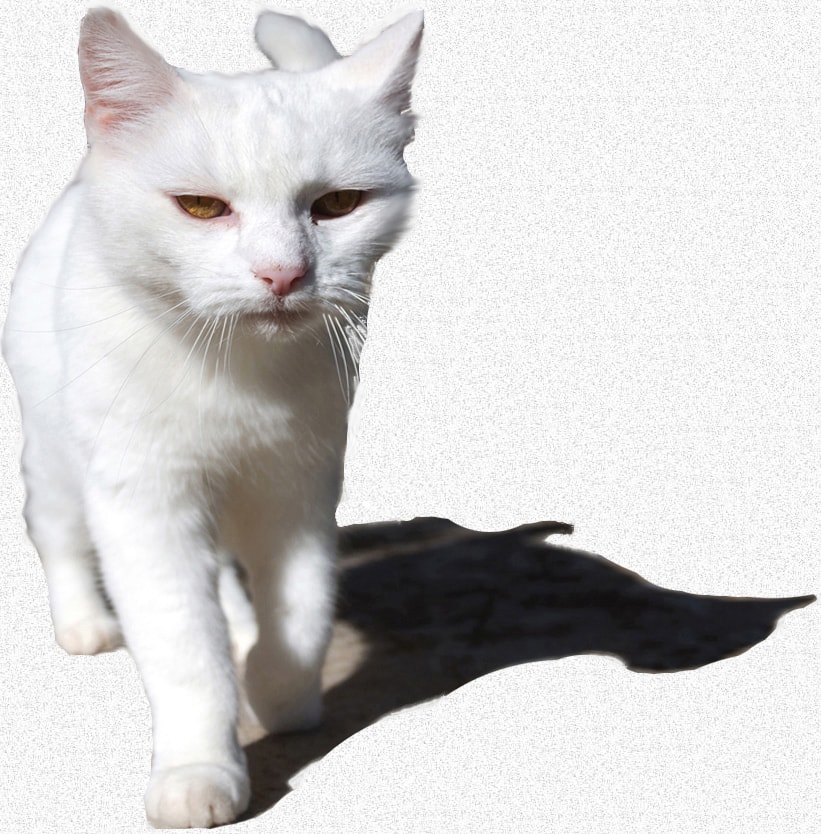
Inflammatory Bowel Disease In Your Cat

Colitis Inflammatory Bowel Disease In Cats Natural Treatment
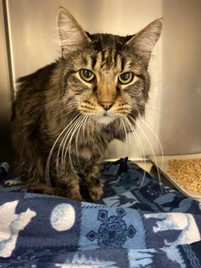
Inflammatory Bowel Disease Ibd One Health Institute

Feline Inflammatory Bowel Disease Treating Ibd In Cats

Inflammatory Bowel Disease In Cats

Colitis Inflammatory Bowel Disease In Cats Natural Treatment
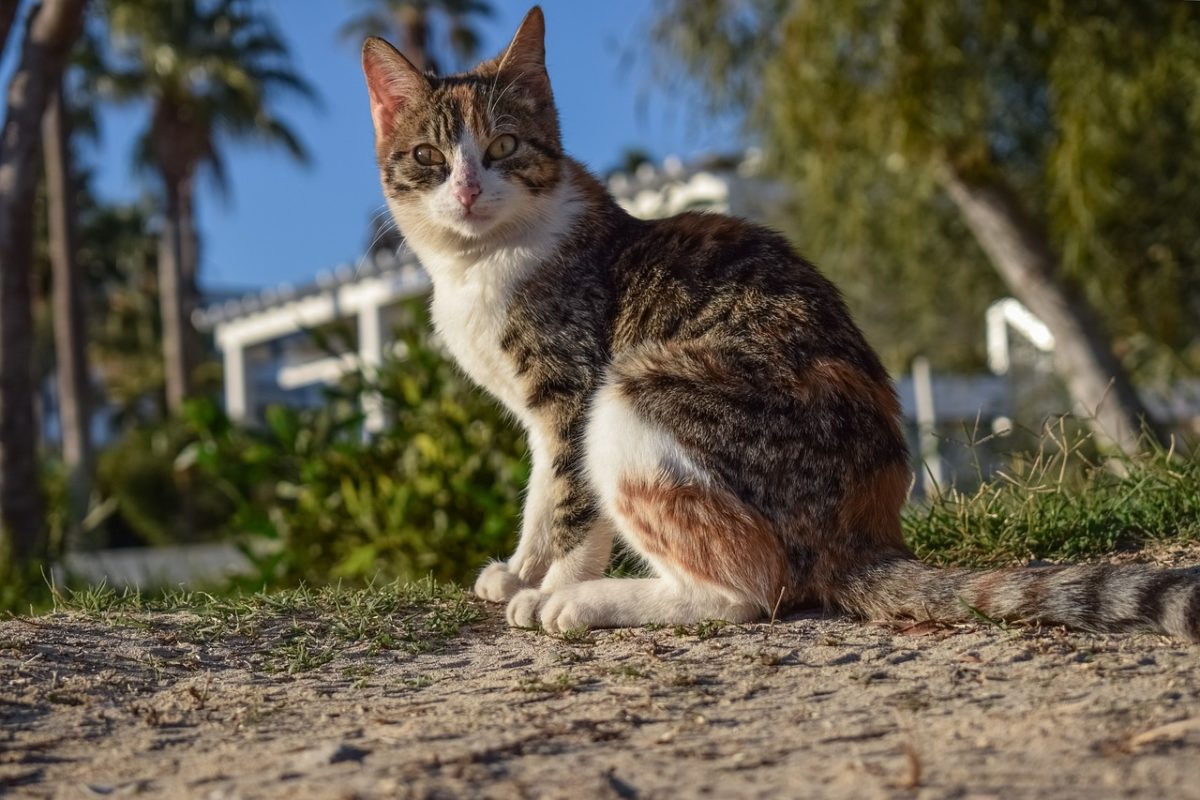
What Is Inflammatory Bowel Disease In Cats Canna Pet
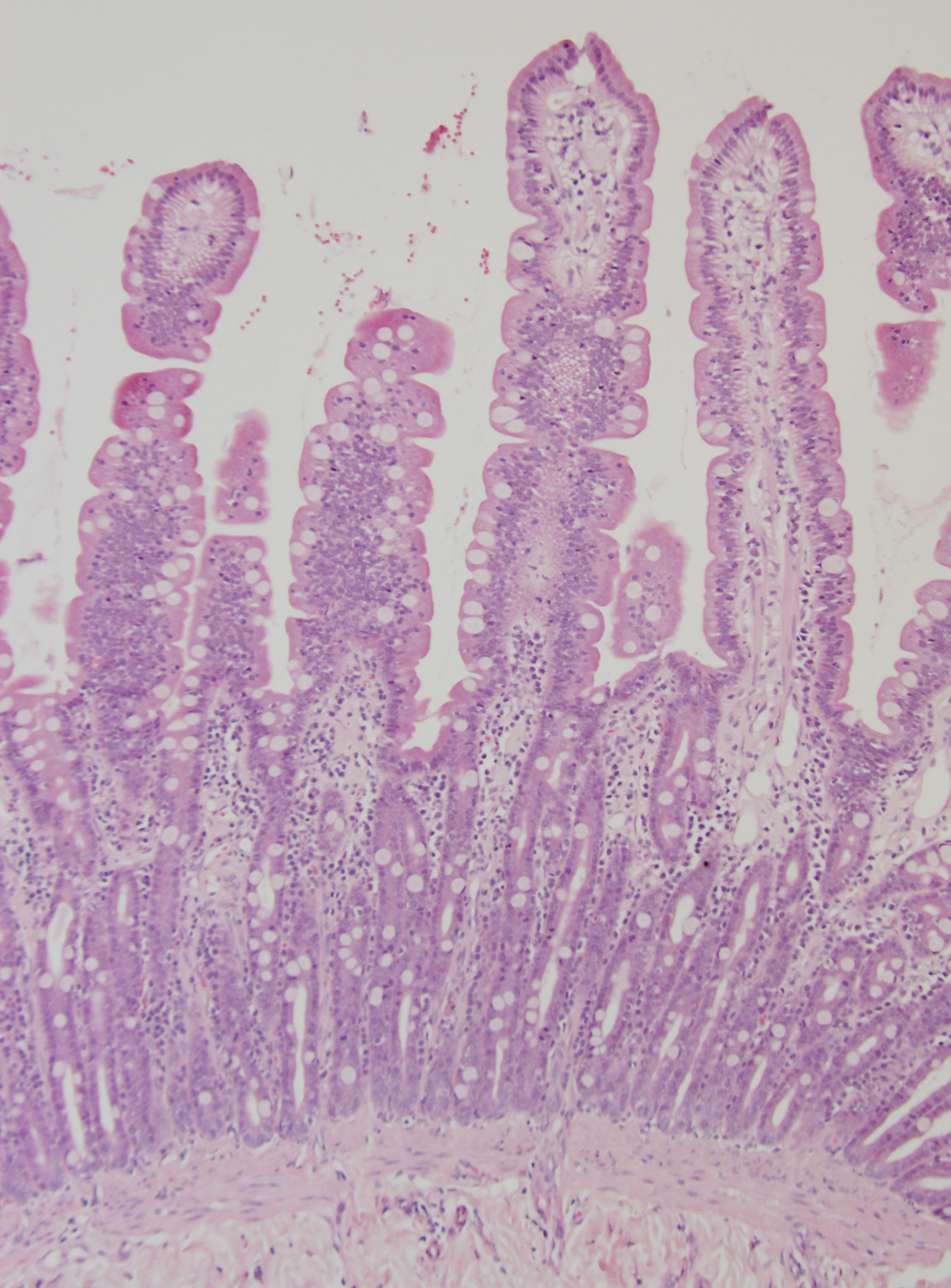
Inflammatory Bowel Disease Cornell University College Of Veterinary Medicine

Dealing With Ibd Valley Cats Inc

Colitis Inflammatory Bowel Disease In Cats Natural Treatment
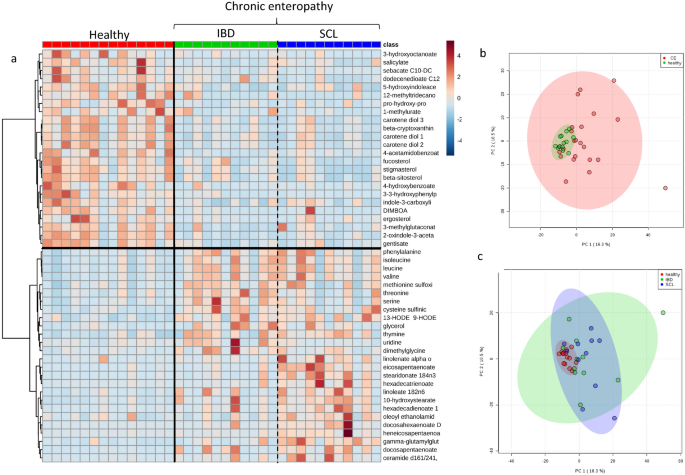
Untargeted Metabolomic Analysis In Cats With Naturally Occurring Inflammatory Bowel Disease And Alimentary Small Cell Lymphoma Scientific Reports

Colitis Inflammatory Bowel Disease In Cats Natural Treatment

The Role Of The Microbiota In Feline Inflammatory Bowel Disease Abstract Europe Pmc
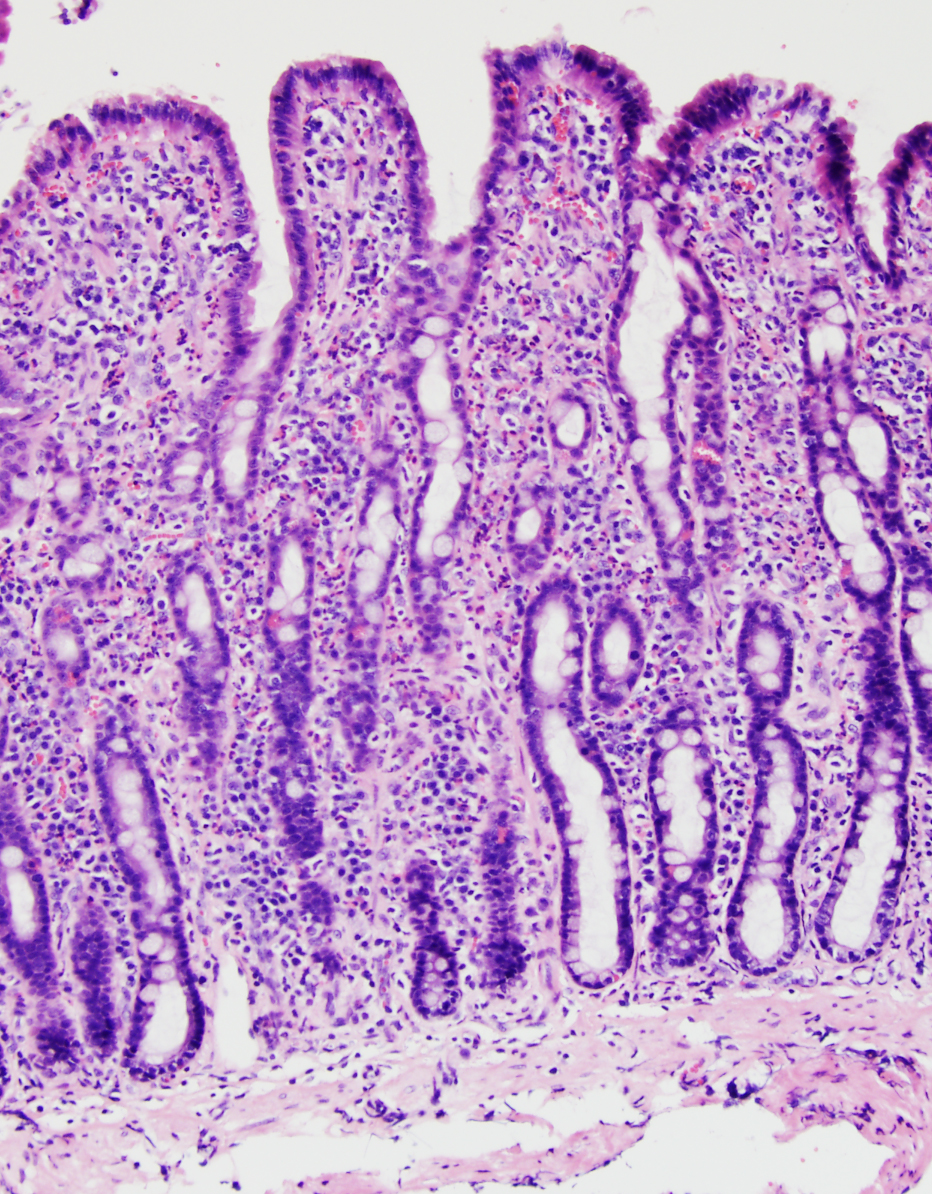
Inflammatory Bowel Disease Cornell University College Of Veterinary Medicine

Pdf Cat Scratch Colon An Endoscopic Finding Suggesting Collagenous Colitis
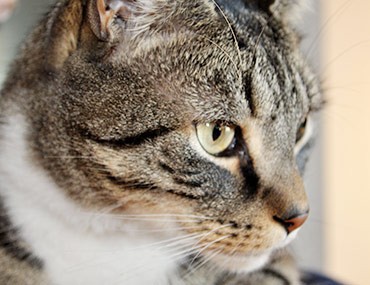
Feline Colitis An Infection In The Colon
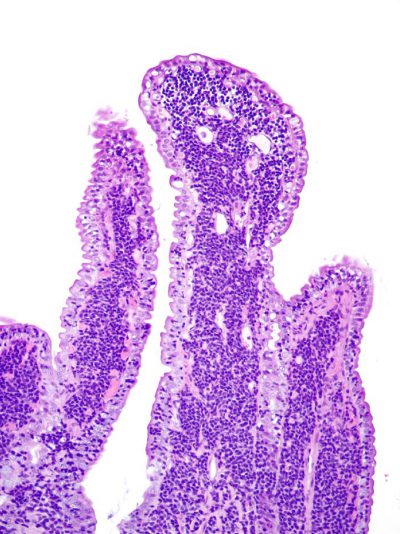
Differentiating Feline Intestinal Lymphoma From Inflammatory Bowel Disease Ibd College Of Veterinary Medicine At Msu